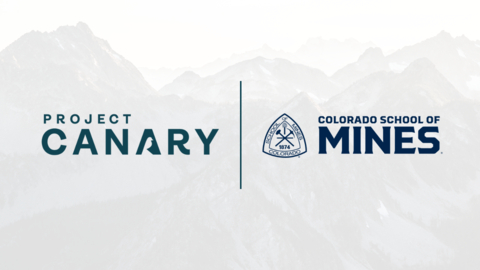
The Colorado School of Mines in Golden and Project Canary, a climate tech company focused on enterprise emissions data management, announced their collaboration to evaluate the performance of models for methane emission flux rate estimation on natural gas production sites using single-blind controlled release data.
“This collaboration will help prove out the extent of what’s possible related to quantifying total site-level emissions using continuous monitoring point sensors, thereby paving the way for a more comprehensive understanding of methane emissions at operational oil and gas production sites across the United States and beyond,” said Will Foiles, co-founder and CEO of Project Canary.
Denver-based Project Canary’s emissions detection, localization and quantification algorithms have been developed from over a year of controlled release testing and working with more than 500 operators to quantify emissions at oil and gas production and midstream facilities. Separately, Mines’ Dorit Hammerling and her team have developed an open-source modular framework utilizing concentration and wind data from point-in-space continuous monitoring systems to detect, localize and quantify methane emissions.
Comparing the two models’ performance using single-blind controlled release data aims to expand knowledge of emissions quantification and its existing challenges to advance the state of emission event characterization and total site emissions quantification. The study will include two sets of single-blind controlled release data: one collected at Colorado State University’s Methane Emissions Technology Evaluation Center as part of the 2024 Advancing Development of Emissions Detection campaign, and another involving complex controlled release testing simulating “operational” emissions and “leaks”.
Project Canary committed to sharing the single-blind controlled release testing results as well as its single-blind emission rate quantification and event source characterization results with Mines. The study will also explore the performance of models for total site-level emissions estimation and simulate short-duration releases to mimic various operational emission events.
This project is the first-of-its-kind in-depth performance evaluation of open-source and proprietary models. It hopes to set the stage for validating both open-source and proprietary models, which is crucial to ensuring transparency and inspiring the development of tools to reduce greenhouse gas emissions by both public and private sectors.
After the project, partners plan to publish a peer-reviewed journal paper with the general framework of the two models, the results of the comparative study and lessons learned on the capabilities and challenges of the models.